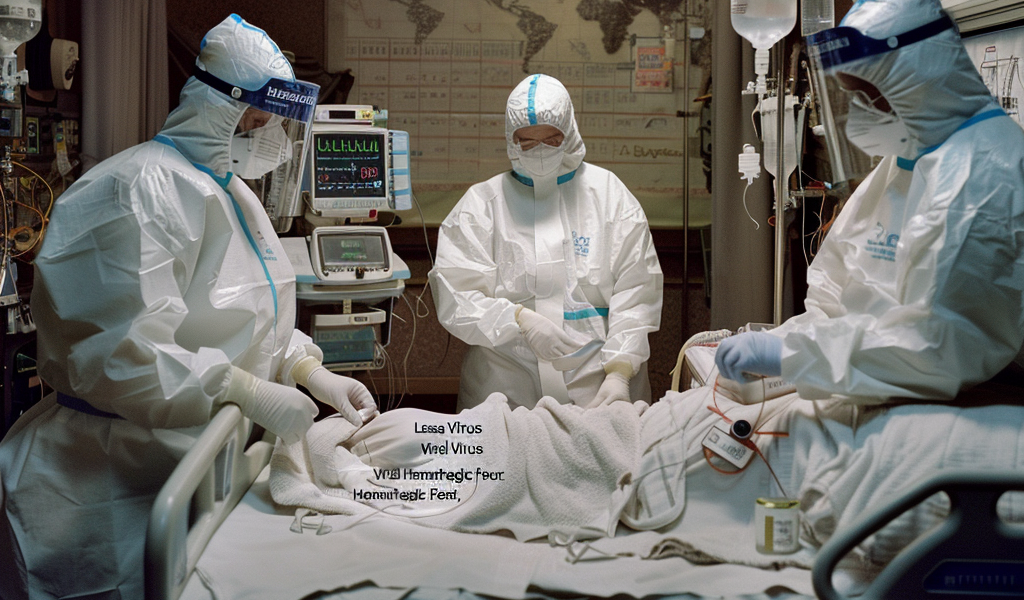An alarming health incident has emerged in Iowa, where a resident has tragically succumbed to Lassa fever, a viral disease that bears similarities to Ebola. This rare and concerning illness, which can lead to severe symptoms including bleeding from the eyes, has raised significant alarm among health officials.
The individual had recently returned to the United States from West Africa, a region where Lassa fever is endemic. According to health authorities, the patient did not exhibit any symptoms while traveling, which has led the U.S. Centers for Disease Control and Prevention (CDC) to assess that the risk to fellow passengers on the flight is ‘extremely low.’
Health experts emphasize that individuals infected with Lassa fever are not contagious until they show symptoms, and the virus is not transmitted through casual contact. This knowledge has been crucial in alleviating fears among the public regarding potential outbreaks.
Upon arrival back in Iowa, the patient was admitted to the University of Iowa Health Care Medical Center, where they were placed in isolation as a precautionary measure. Unfortunately, the individual passed away, and tests conducted by the Nebraska Laboratory Response Network confirmed the diagnosis of Lassa fever.
If confirmed, this case would mark the ninth instance of Lassa fever reported in the U.S. since 1969, all involving travelers returning from endemic regions. The CDC is actively collaborating with Iowa health officials to trace and monitor individuals who had close contact with the patient after the onset of symptoms. Those identified will undergo monitoring for a period of three weeks to ensure that any potential spread of the virus is contained.
Lassa fever is a viral hemorrhagic illness caused by the Lassa virus, which is primarily transmitted to humans through contact with infected rodents or through exposure to bodily fluids of infected individuals. The disease is considered endemic in several West African countries, with annual estimates suggesting between 100,000 to 300,000 cases, resulting in approximately 5,000 deaths each year.
The symptoms of Lassa fever can range from mild to severe, with some patients experiencing fever, weakness, and headaches, while others may develop more serious complications, including bleeding from various sites in the body. The fatality rate for Lassa fever can vary, but it is generally around 1% to 15%, with higher rates observed in certain populations.
Given the potential severity of Lassa fever and its implications for public health, experts are urging travelers to regions where the disease is prevalent to take necessary precautions. These include avoiding contact with rodents, practicing good hygiene, and seeking medical attention if symptoms develop after returning from affected areas.
The CDC continues to monitor the situation closely and provides updates as more information becomes available. Public health officials remain vigilant in their efforts to prevent any further spread of the virus, ensuring that appropriate measures are in place to safeguard the health of the community.
As this situation unfolds, it serves as a reminder of the importance of global health surveillance and the need for continued research into emerging infectious diseases. The collaboration between health organizations and local authorities is vital in managing and mitigating the risks associated with such outbreaks.





